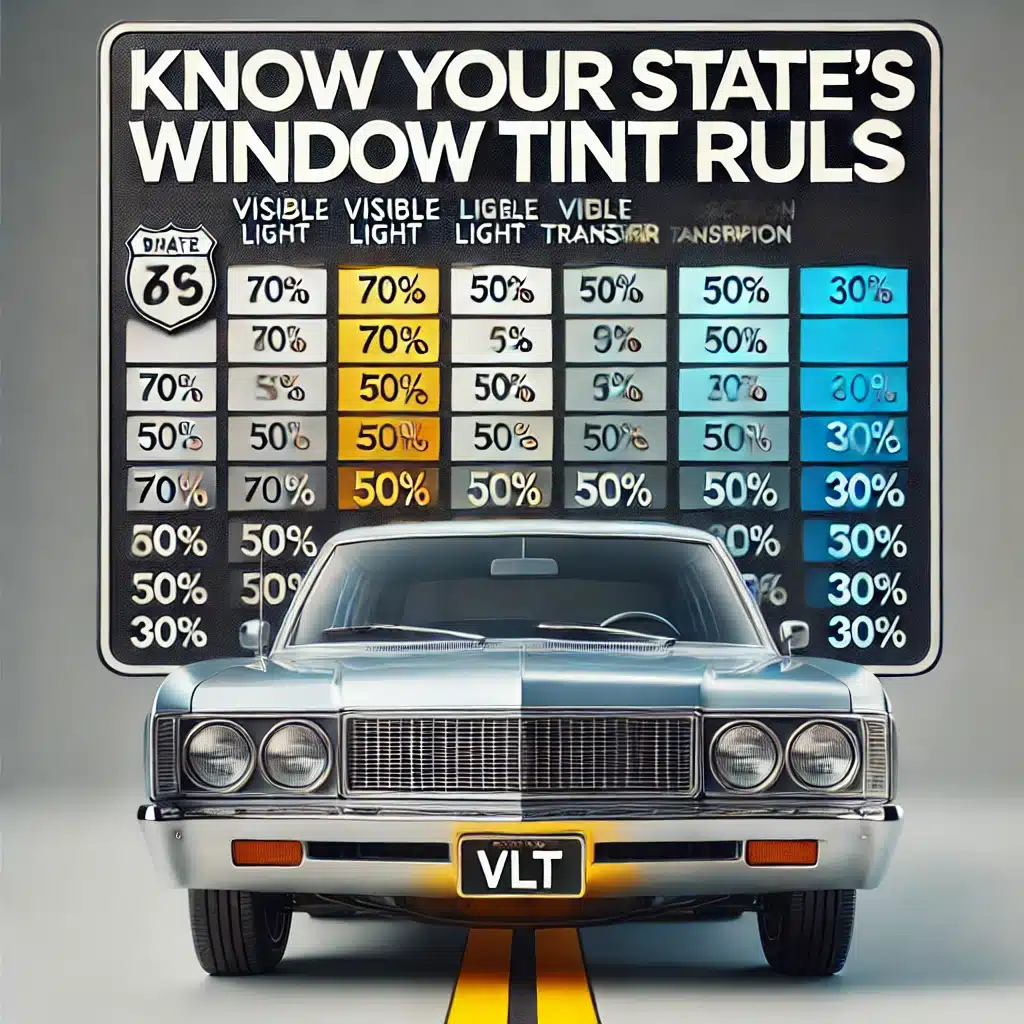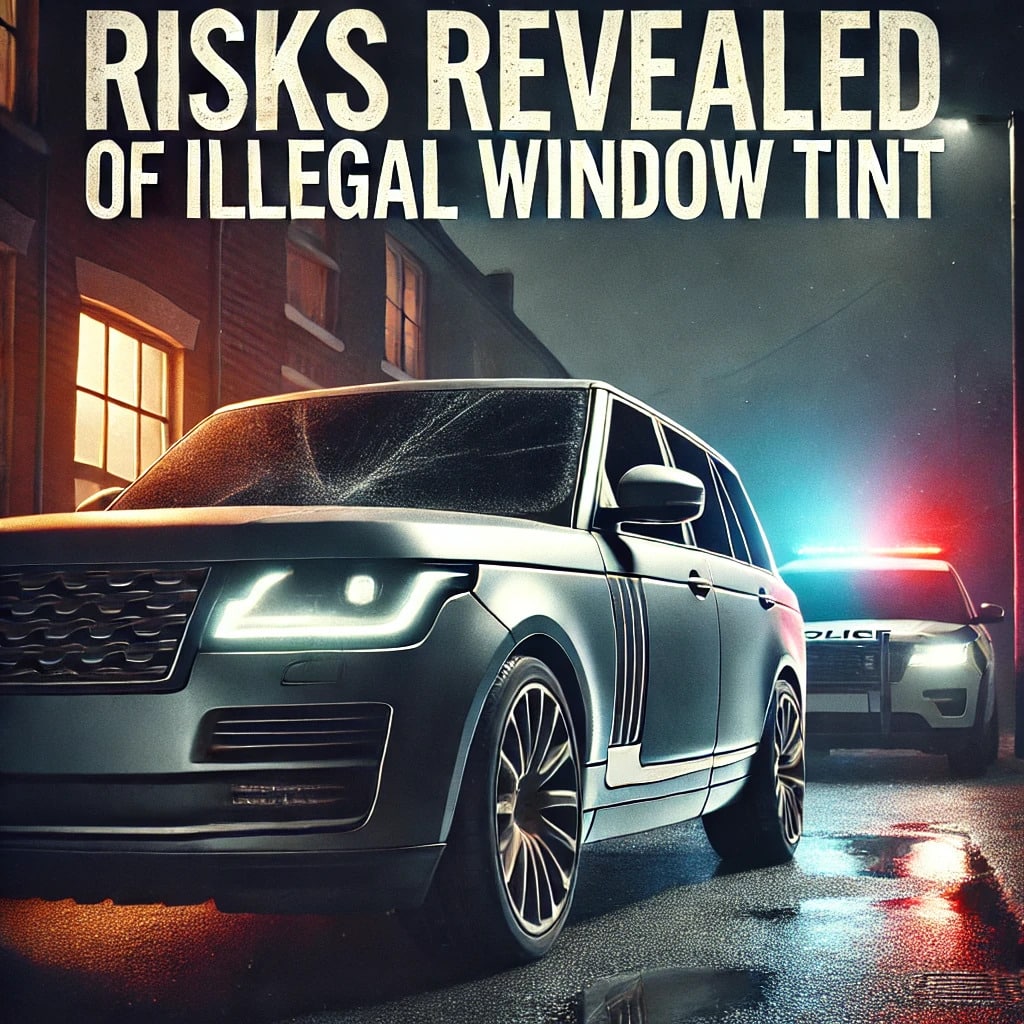Are you a resident of the USA, and do you drive your car? Or do you drive a vehicle as your job? In both situations, you must know the traffic rules and road safety laws. Windows tint laws are also for the safety and protection of the public, including you.
So, before turning your car and steering it to the road, ensure you are up to date with the tint rules. Also, you must know the consequences of illegal window tints. Moreover, follow these laws to keep yourself safe from accidents and penalties.
Window Tint Laws
Window tinting laws are here for a reason – keeping everyone safe on the road. During the drive, you must keep secure and inquire about everything surrounding you. You must watch the traffic and passers-by on the road. You must follow the traffic rules and regulations and the car’s window tints to ensure all these. These rules ensure that drivers and law enforcement can see clearly, essential in avoiding accidents and ensuring public safety.
Why Window Tint Laws Matter
State laws about tinted windows aren’t there to ruin your car’s cool factor; they focus on keeping everyone safe. Overly dark windows can make it hard for drivers to see and for cops to do their job. For example, during a traffic stop, dark tints can make it tricky for police to know what’s happening inside the car, which can be dangerous for everyone involved.
Take Texas, for instance. They’ve rules about how reflective your windows can be so that you’re not dealing with too much glare while driving. It’s all about making the roads safer for everyone.
What Happens if You Break the Tint Laws?
If you think you can skip the rules, think again. Ignoring window tint laws can lead to hefty fines, penalties, and even having your car taken away. Each state has its own set of rules, and breaking them can hit your wallet hard.
And it’s not just about fines. Illegal tinting stops cops from seeing inside your car during traffic stops, which is a big no-no. It could put officers in risky situations when they can’t spot potential threats. So, sticking to legal tint levels isn’t just about following the law – it’s about keeping everyone on the road safe.
Know Your State’s Window Tint Rules

Nobody wants a ticket—or worse, a wreck—because of their window tint. The rules change from state to state, so knowing what’s legal where you live is necessary. Window tint laws ensure you can see out, cops can see in, and everyone stays safe on the road.
Tint Levels Differ Across States
Every U.S. state has rules for how dark you can tint your windows. This darkness is measured by something called Visible Light Transmission (VLT) percentage. In plain English, that’s how much light gets through the tint. States use these levels to keep drivers’ views clear, prevent fender benders, help police do their jobs, and ensure you’re safe during traffic stops and emergencies.
Window Tint Rules, State by State
Following your state’s window tint regulations is critical to dodge those nasty fines. The rules tell you the max VLT percentages for different parts of your car, like the front-side windows, back-side windows, rear windows, and windshields. That uber-dark limo tint (5% tint, blocking 95% of light)? It might be acceptable or downright illegal, depending on where you are.
Cops use tint meters to check VLT percentages, so your ride’s got to be within the law. Stay updated with your state’s tint specs to avoid tickets and keep your car’s look legit.
Knowing your state’s tint laws and sticking to them will keep you on the right side of the law and safe on the road. Brush up on what’s allowed where you live to avoid problems and ensure you and others are safe.

